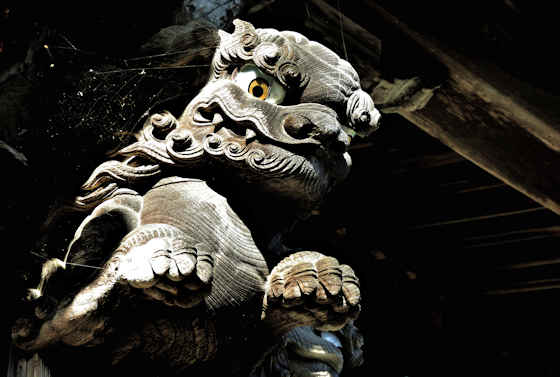Showing posts with label komainu. Show all posts
Showing posts with label komainu. Show all posts
Friday, February 2, 2024
Kakaji Betsugu Hachiman Shrine
Monday, January 29, 2024
Shrines of Day 66
While walking around the countryside near Sasebo in Nagasaki on the 66th day of my walk along the Kyushu pilgrimage I stopped in at any shrines that I passed. At the start of the day I visited a largish Sumiyoshi shrine in Haiki, and a little later Hasami Shrine next to Tozenji Temple. All the other shrines I visited that day were quite small and no information boards.
Just 100 meters away is Srayama Daijingu Shrine. The small hokora was established in 1487. Unusual was a horse and a komainu rather than 2 komainu.
Wednesday, January 10, 2024
Niomon & Yakushido at Onsenji Temple
Constructed in the late 18th Century, the Niomon contains a fine pair of Nio guardians.
Onsenji is a Shingon temple.
Tuesday, January 9, 2024
Hasami Shrine
Saturday, January 6, 2024
Sumiyoshi Shrine Haiki
Labels:
komainu,
kyushu108,
nakatsutsuno,
Shrine,
sokotsutsuno,
sumiyoshi,
torii,
uwatsutsuno
Subscribe to:
Posts (Atom)









































































